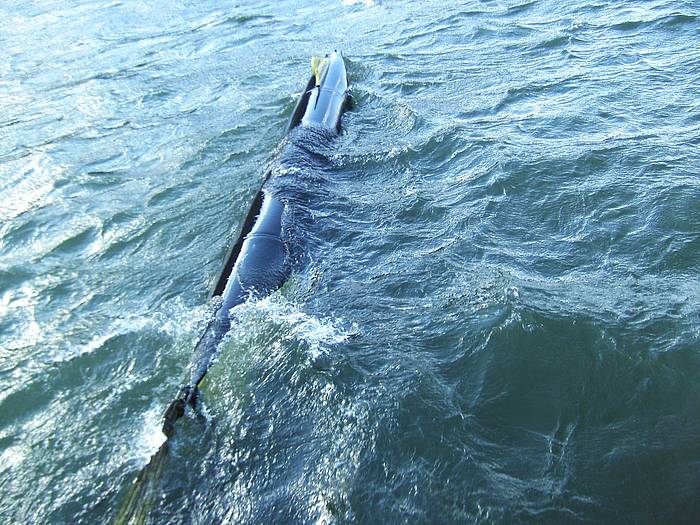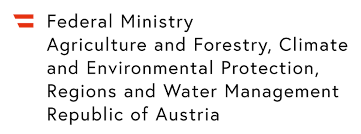(c) Aqua Libre GmbH
The first prototype of the current buoy with 150 cm rotor diameter was installed in December 2006 in the Wachau in the Danube. Since then, the electricity buoy has been continually developed. The serial production of the & nbsp; current buoy 3 & nbsp; with 250 cm rotor diameter, a nominal output of 70 kW and an estimated electricity generation 220 – 250 MWh / year has already been started. The potential of the electricity buoys becomes clear when one realizes that the area of the entire Wachau (about 30,000 households) of 500 electricity buoys suspended outside the shipping channel, which produce 100 GWh of electricity every year, is supplied with sufficient energy can be. Depending on the rotor diameter (150 cm, 200 cm, 250 cm), the current buoy can be used in rivers of different sizes. The rivers must have a minimum depth at low water of 200 cm, 250 cm and 300 cm respectively. In the future, larger buoys will also be produced for use in the sea. In order for the electricity buoy to be operated economically, an average flow velocity of at least 2 m / s and an average water flow of at least 50 m³ / s is necessary. But even an increase in the flow speed by 10% brings a performance increase of 30% with it.

Depending on the rotor diameter (150 cm, 200 cm, 250 cm), the current buoy can be used in rivers of different sizes.
The above-mentioned conditions are, according to the investigations of Aqualibre Energieentwicklungs GmbH in Austria, from the large rivers such as the river Rhine, the river Traun, the river Enns, the river Mur, the river Drau, the river Inn, the river Salzach and the river Danube. Gail, as well as some of the derived mills. In Austria it would be possible to use electricity buoys to generate up to 2 TWh of electricity and thus supply around 550,000 households. The buoys are suitable for insulations as well as for integration into the power grid. By spreading the electricity buoy in Austria, new jobs can be created and secured in the long term.
Further Information LINK





